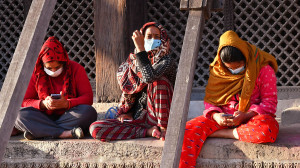Health
Wildfires fuel burn, respiratory cases. Valley hospitals full
Met office predicts rain on Tuesday and Wednesday, which could bring respite from hazardous level of air pollution.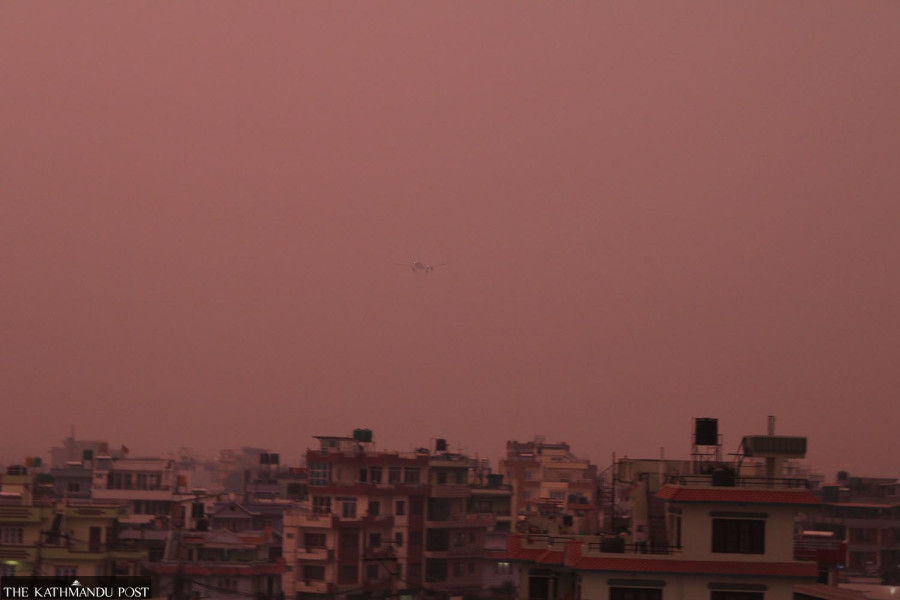
Arjun Poudel
Nepal Cleft and Burn Centre, also known as Kirtipur Hospital, sends several burn victims to other hospitals every day as all allocated beds have been occupied.
Along with general beds, all beds in the intensive care unit of the hospital have been occupied by patients whose health conditions are severe.
“We have also been using beds of general wards of other units to accommodate burn victims,” said Dr Kiran Nakarmi, director at the hospital. “But that too is insufficient, which forced us to send seriously burnt patients to other hospitals.”
Kathmandu has been the most polluted city in the world for over a week, with PM2.5 levels soaring to hazardous levels. With the rise in forest fire incidents in many places across the country, the number of burn cases has risen alarmingly in hospitals treating burn victims.
Other general hospitals also report a sharp uptick in the number of patients with breathing problems and other respiratory illnesses. As the Kathmandu valley has been covered by dense smog for over a week, people complain of eye irritation and skin allergies, among other problems.
“The number of patients suffering from respiratory illness has risen two-fold in recent days compared to the past, and air pollution is the main culprit,” said Dr Dilip Sharma, director at the Bir Hospital. “Elderly people, who were suffering from respiratory illness, are getting worse, and requiring intensive care.”
Over 3,200 patients visit the hospital for outpatient care every day. Dr Sharma said that the number of patients suffering from pollution-related ailments has risen significantly in recent days.
The Kanti Children’s Hospital, the national referral centre for ailing children, has also reported a spike in the cases of respiratory illnesses, skin diseases and other health issues linked to air pollution.
“Not only the children but their parents and visitors are also suffering from cough, flu, skin allergies and other ailments,” said Dr Sumit Agrawal, spokesperson for the hospital. “The number of seriously ailing children with respiratory illness who need intensive care has also risen.”
Likewise, doctors at Sukraraj Tropical and Infectious Disease Hospital and Patan Hospital said that they witnessed a significant rise in cases of viral fever, skin diseases, seasonal flu and respiratory diseases in recent days.
“Around 700 patients seek outpatient care at our hospital every day,” said Dr Yuba Nidhi Basaula, director at the Sukraraj Hospital. “The number has doubled compared to other times.”
The hospital administration said that around 40 patients with seasonal flu and fever visit every day. Those with skin diseases number around 150. Besides these ailments, chronic obstructive pulmonary disease and pneumonia are also prevalent, according to hospital records.
Experts say all people in the country are affected by rising air pollution, and the uptick in the number of patients in hospitals will intensify.
“Those already having compromised health—elderly people and children—get serious first but seek hospital care later,” said Dr Ram Hari Chapagain, a senior consultant paediatrician at Kanti Children’s Hospital. “We all are affected by the [current state of] air pollution.”
For over a week, Kathmandu, the national capital, has been engulfed by dense smog. Several domestic flights have been delayed or cancelled.
IQAir, a Swiss group that collects air-quality data from around the world, ranked the Kathmandu Valley the most polluted city in the world on Sunday as well, with PM2.5 levels soaring to hazardous levels.
PM2.5 refers to particulate matter (solid or liquid droplets) in the air less than 2.5 micrometres in diameter. It is among the most dangerous pollutants that can get past the nose and throat to penetrate the lungs and even the bloodstream. PM2.5 particles are small and are also likely to stay suspended in the air for long, increasing the chances of people inhaling them.
As per the Environmental Protection Agency’s air quality index, an air quality reading of 151–200 is considered unhealthy, causing everyone to experience problems and sensitive groups to feel more severe effects.
When air quality reaches 201-300, it is considered a very unhealthy level, and health risks increase for everyone in the area. When it crosses 300, it becomes hazardous, meaning that the air is of extremely poor quality and poses serious health risks to everyone.
Wildfire incidents in dozens of places, including Chure forests, along with stubble burning, burning of other waste materials, house fires, and brick kiln operations, are blamed for the deteriorating air quality in the Valley.
Officials at the Ministry of Home Affairs, however, said they are unaware of the number of forest fire incidents at the moment. At least 10 people have died while 26 others were injured in forest fire incidents in the past 11 months.
Meanwhile, the Meteorological Forecasting Division under the Department of Hydrology and Meteorology said that light rainfall is likely on Tuesday and Wednesday, which could bring some respite from air pollution.
“A low pressure area created near the Bay of Bengal will bring moisture to our country, which will cause light rainfall, thunderstorms and strong winds,” said Saroj Pudasaini, a meteorologist. “We can expect some relief from rising pollution from Tuesday.”




 19.12°C Kathmandu
19.12°C Kathmandu


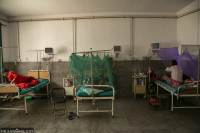




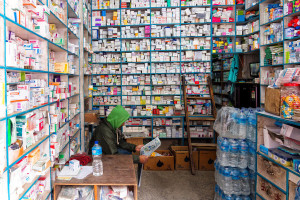
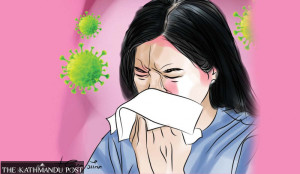



%20(1).jpg&w=300&height=200)

